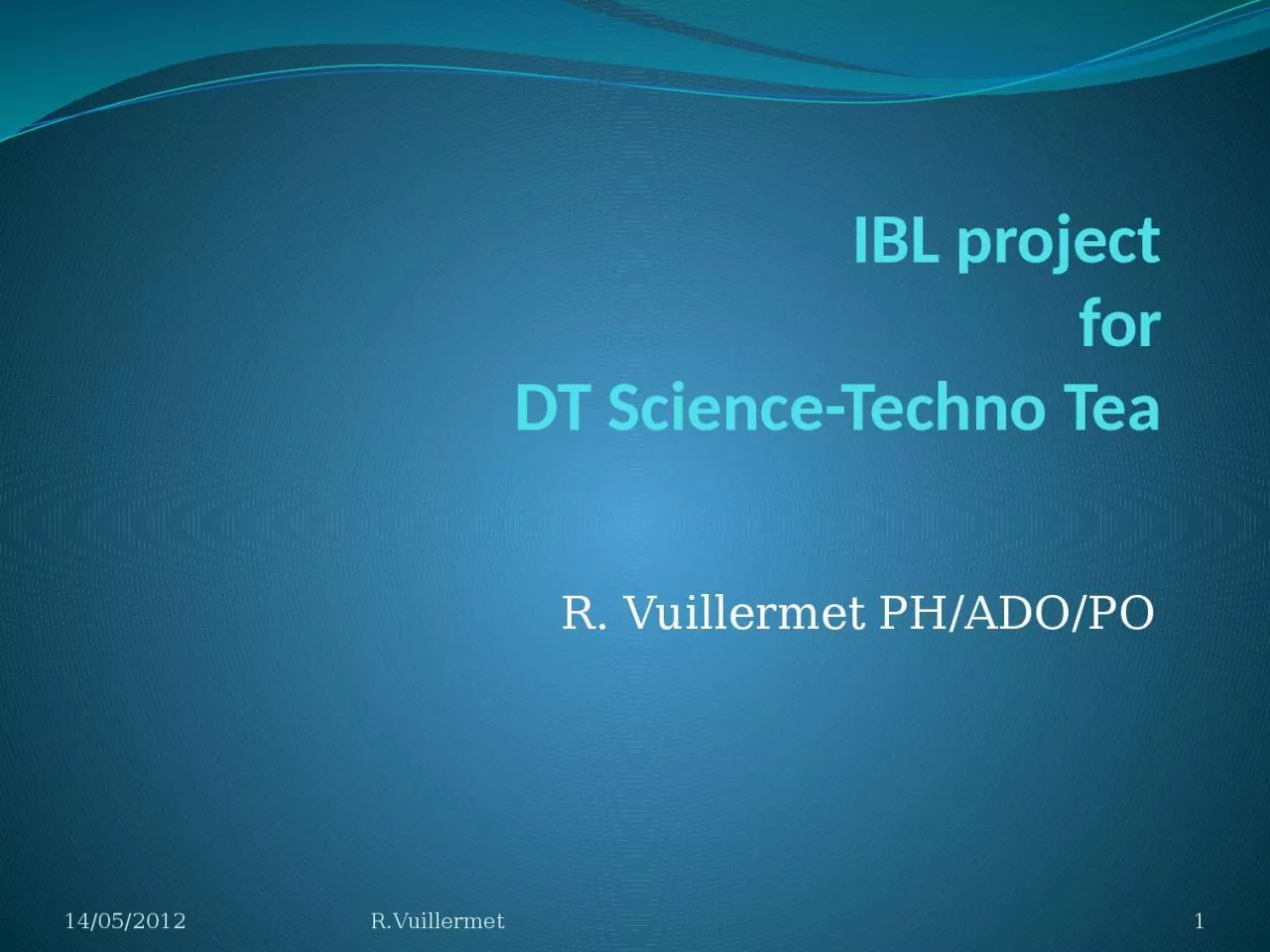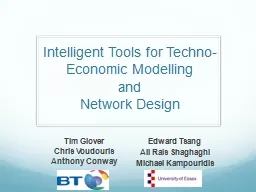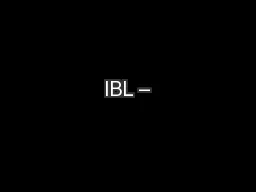PPT-IBL project for DT Science-Techno Tea
Author : dandy | Published Date : 2024-02-09
R Vuillermet PHADOPO 14052012 1 RVuillermet Overview Introduction to IBL project IBL project structure IBL challenges Focus on WG3 WG3 Partners Scale one mockup
Presentation Embed Code
Download Presentation
Download Presentation The PPT/PDF document "IBL project for DT Science-Techno Tea" is the property of its rightful owner. Permission is granted to download and print the materials on this website for personal, non-commercial use only, and to display it on your personal computer provided you do not modify the materials and that you retain all copyright notices contained in the materials. By downloading content from our website, you accept the terms of this agreement.
IBL project for DT Science-Techno Tea: Transcript
Download Rules Of Document
"IBL project for DT Science-Techno Tea"The content belongs to its owner. You may download and print it for personal use, without modification, and keep all copyright notices. By downloading, you agree to these terms.
Related Documents














